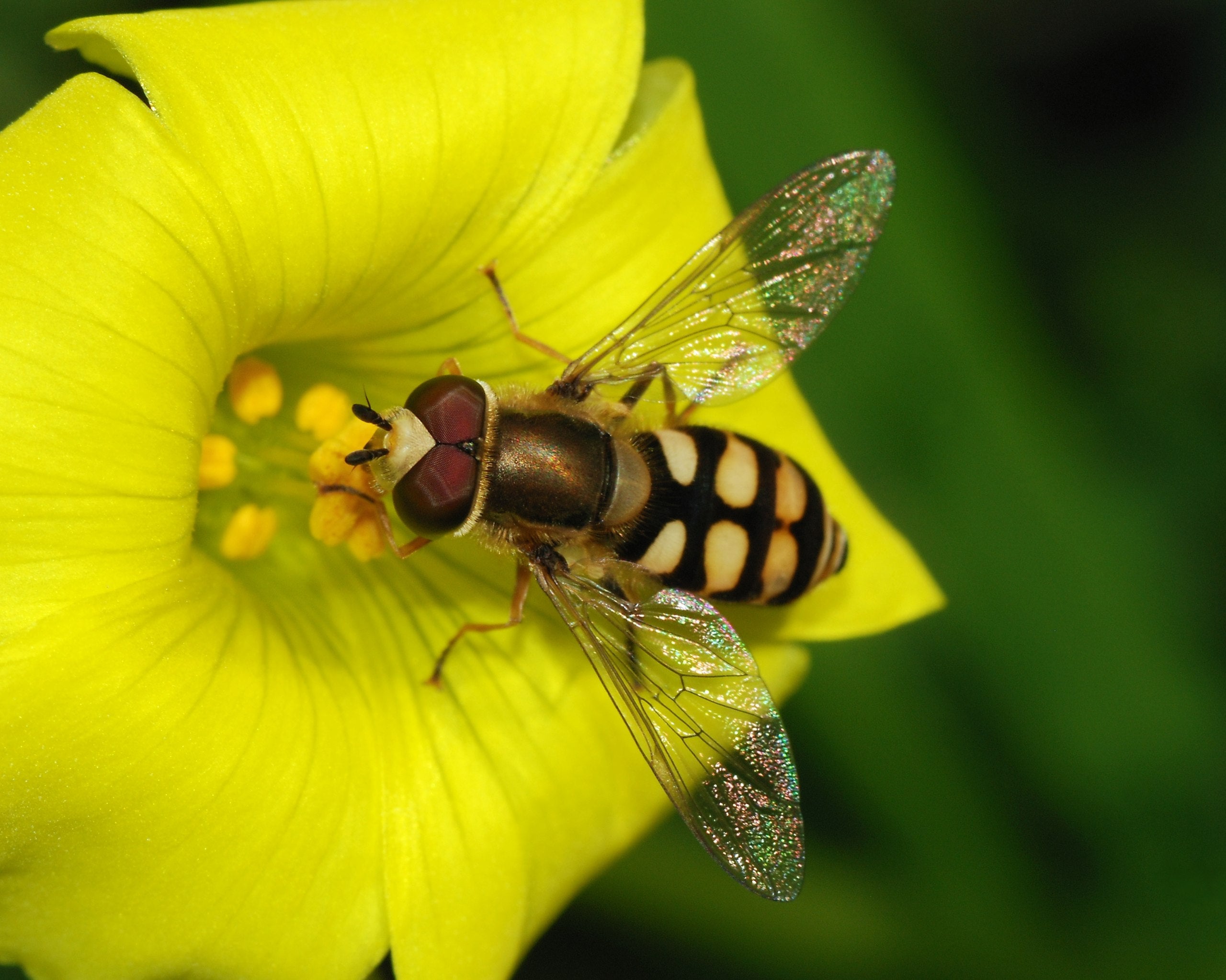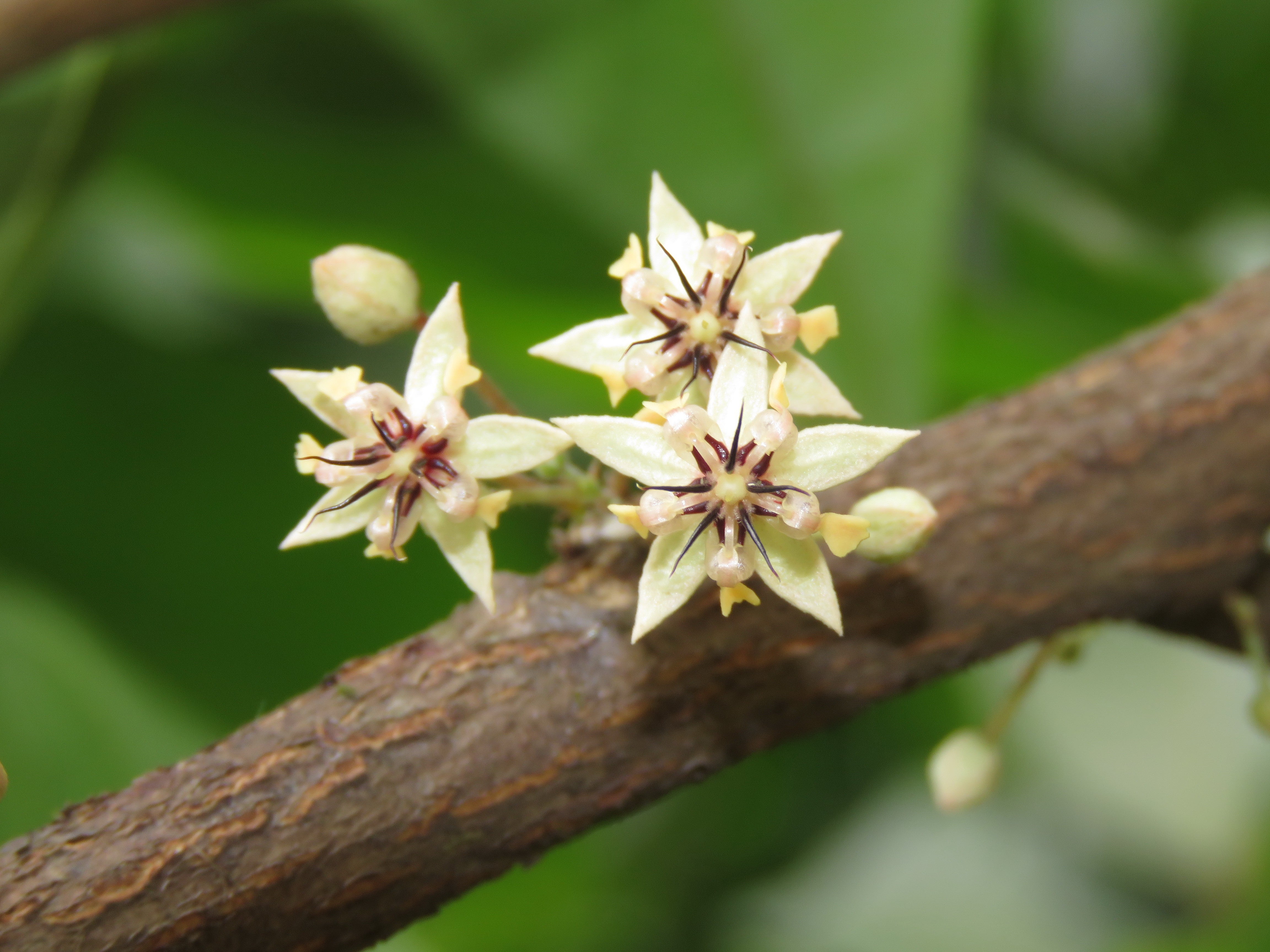Welcome to our reoccurring series of “Home on the Range.” Here, we would like to share all of our experiences for those who may be homesteading, living off the land, hunting, farming, ranching, and truly investing in nature and the great outdoors. The ability to provide for yourself and your family can be tremendously rewarding and simultaneously difficult at times. So, in “Home on the Range” we want to share our different exploits so you can learn and hopefully we can receive your feedback along the way as well.
Beneficial Bugs: Best Bugs to Boost your Gains
Good lord, are there a lot of bugs to give the agriculturalist a headache. Weevils, Japanese beetles, rootworms, aphids, locusts, etc, etc. Destroying roots, leaves, stalks, and fruits, as well as making your broccoli heads and lettuce into condominiums, they’re a regular pain in the rear, and something we all have to deal with in our own ways each and every year. Luckily, there are a few beneficial bugs that can be our little allies in agriculture. Today, the ally bugs we will be looking at are the ladybug, the fly predator, the dung beetle, and the hoverfly.
Beneficial Bugs: Ladybugs – The Ultimate Aphid Adversary
Definitely one of the most commonly known beneficial bugs, Ladybugs are absolutely stellar for aphid control. Not only that, but they also eat the eggs and larvae of a whole other host of ag pests including the potato beetle and the corn borer. If one is considering introducing extra ladybugs into one’s ag operation, it can be easily done, and they are plentiful and cheap to order. Just make sure that one’s area is already hospitable to a ladybug release, and release them in the evening or at night. After all, if you payed for them, you’ll want them to hang around and not fly off to the best garden in the neighborhood that already is a ladybug paradise. When properly released, they do indeed hang around. Last year, I went from having hardly any to having them all over my farm by releasing them at night and in an area where I knew they would have an incentive to hang around. A light mist from my sprinkler heads, combined with good cover, a variety of plants, and (unfortunately) plentiful prey insured they stuck around. They did their job, and I saw tangible results of their voracious appetite in just a few weeks. Aphids ceased to be an issue, and my corn crop ended up 90% pest-free. Well done, ladybugs.
Beneficial Bugs: Fly Predators
The fly predator looks like a miniature wasp-and it is! Also called “gnat wasps” and “fly parasites,” they are from the Muscidifarax family and are technically a “Parasitic Hymenopterid.” While they are much smaller than flies and do not directly attack and eat mature flies, these tiny burrowing wasps lay eggs directly into fly larvae and their pupae. Fly parasites can be gotten in the tens to hundreds of thousands, and should be applied every few weeks near where flies like to breed, i.e. around manure. A regular application of fly parasites can help the average farm be a lot more pleasant place to be for both livestock and humans, as they can kill everything from the regular housefly up to horseflies. Like the ladybug, release should be in the evening.
Beneficial Bugs: Dung Beetles- your Natural Cleanup Crew
While we are on the subject of flies, let’s not forget the humble dung beetle. The ancient Egyptians had it right with their veneration of the dung beetle. Not only do they provide a major service to farmers by removing disease and fly-magnet dung piles, they improve the soil health as well by burrowing and burying dung. Unfortunately, dung beetles may be negatively affected by livestock worm treatments; therefore, if one wants to keep one’s population of dung beetles around, keep livestock that have had a de-worm treatment in the stables and off the general pasture for a few days.

Beneficial Bugs: Hoverflies – An Oft-Overlooked Pollinator
Hoverflies, also known as Syrphidae, are a great little pollinator that also has an affinity for aphid consumption. They look like little wasps, but really this is just a case of beneficial biomimicry for the hoverfly. A lot of animals will leave it alone due to its dangerous-looking appearance, and it can go about its business of pollinating plants in peace. They will not sting you or your livestock yet are very beneficial for all the pollination you might need. In their larval stage, they will eat aphids as well. All in all, a great little bug to have around.
Beneficial Bugs: A Bug with a Sweet Secret
We will close out today’s short entomology lesson with a little (and little-known) pollinator that has a big job. The only pollinator small enough to pollinate tiny Theobroma Cacao flowers and; therefore, help in cacao production, the Chocolate Midge (three different bugs can fit this moniker) ensures that chocolate lovers the whole world over can satisfy their cravings! The chocolate midge loves shady, dense forests, so if one is thinking of starting up a cacao plantation, be sure to leave dense fringe areas as habitat for your little pollinators!

Thanks again for reading Home On The Range, and don’t let the little things bug you!
The post Home On The Range #017: Beneficial Bugs you will Want by your Side appeared first on AllOutdoor.com.


